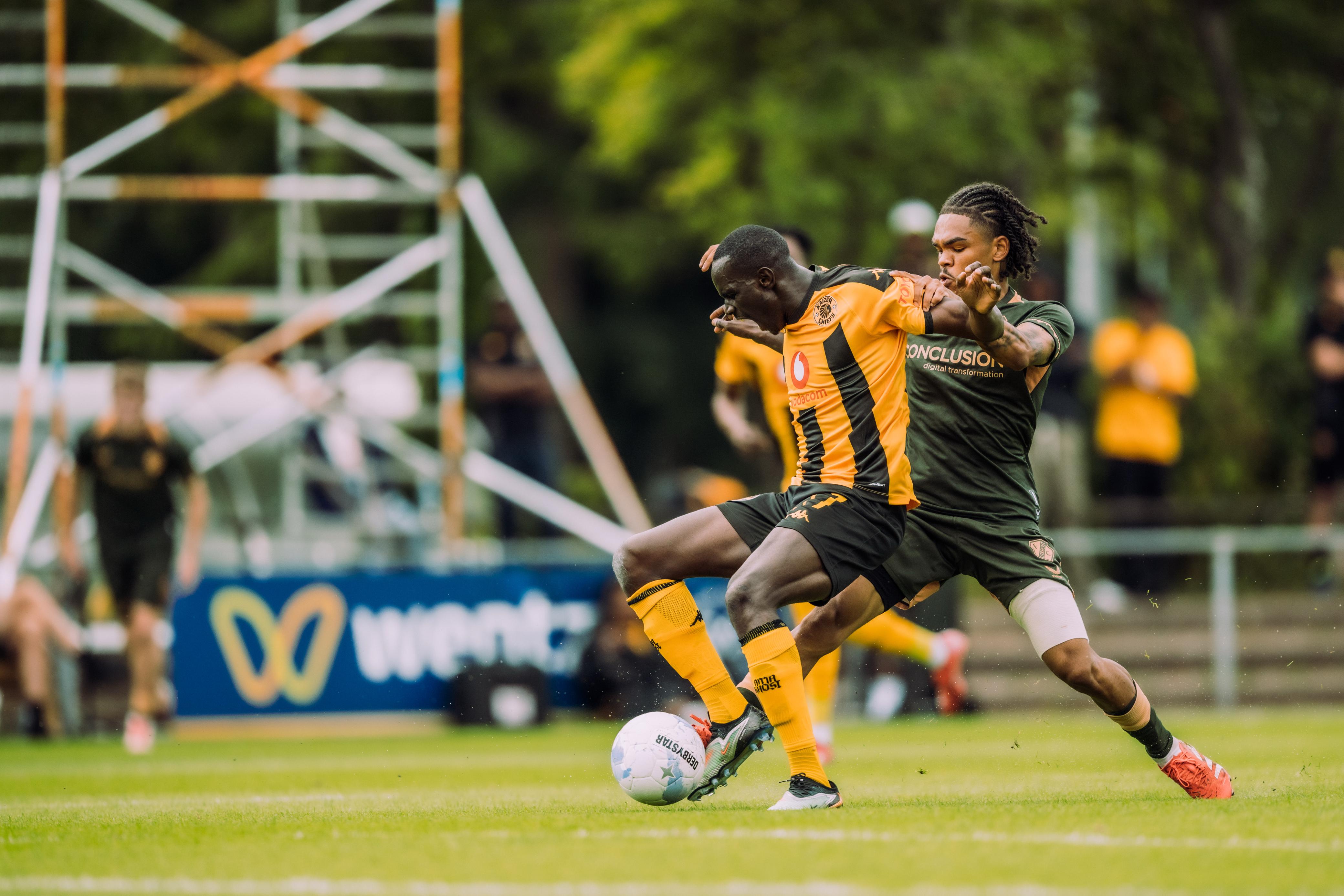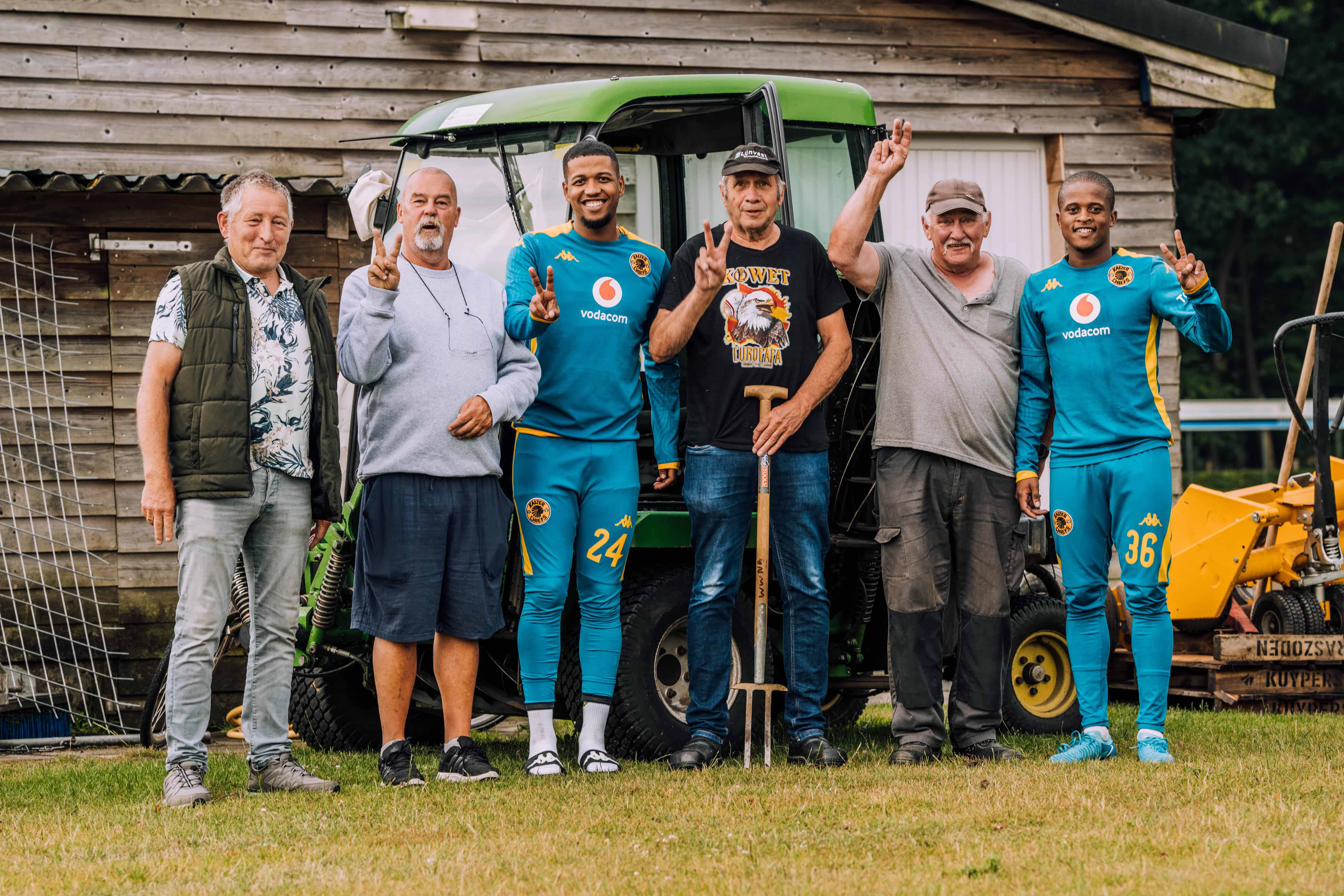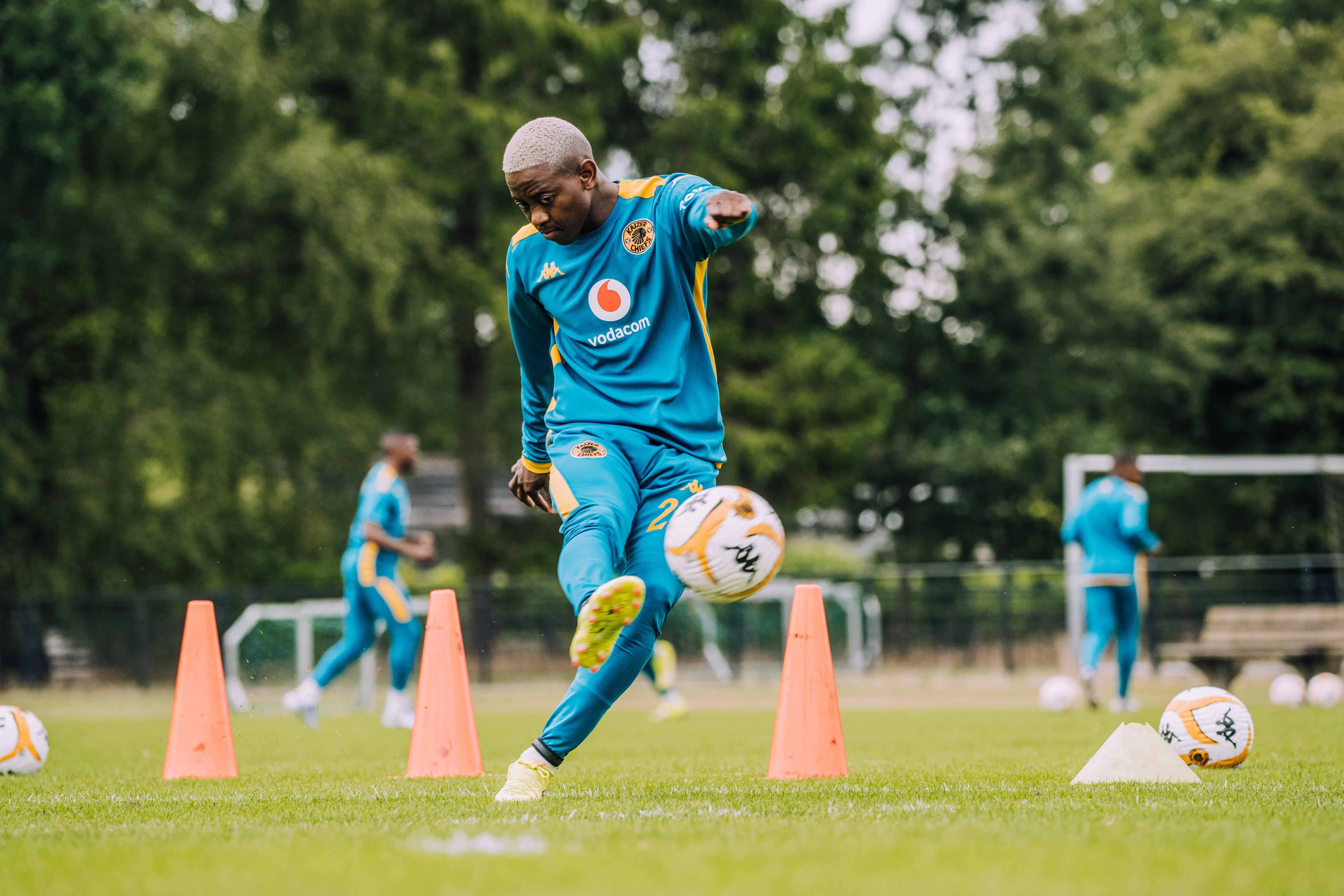Posted in News on Apr 14, 2001.
The country's largest circulation newspaper, The Sowetan, carried a full front-page picture of covered bodies laid out in rows on the Johannesburg football pitch and had the headline "Black Easter".
Johannesburg's Star newspaper's headline asked "WHY? WHY? WHY?" and also had a picture of bodies on the pitch.
"There will be a full investigation into this tragedy," said Robin Petersen, chief executive of the Premier Soccer League.
"We had a security plan in place and we have to see if it was carried out and whether it was adequate," Petersen said.
"We have to make sure it never, ever happens again."
"Hopefully if anything good can come out of this tragedy... it is that the government and all of us attend to creating new and safer facilities," he added.
Doctors battled to save the lives of several children critically injured in a stampede that killed at least 43 people during a match between Orlando Pirates and Kaizer Chiefs at the country's second-largest stadium, Ellis Park.
Of the 99 people brought to the Johannesburg General Hospital overnight, 17 remained for treatment of injuries described as not serious and they were expected to be released later on Thursday, the state broadcaster reported.
Police spokesman Chris Wilken told Reuters 43 men, women and children were killed when crowds broke down gates and surged into the stadium midway through the games.
Witnesses said teargas was fired, apparently by private security officials, in a vain effort to halt the crowd surging into the stadium.
Sports Minister Ngconde Balfour, who rushed to the scene, said the government would meet on Thursday with clubs, the Premier Soccer League, the South African Football Association and the stadium's owners to work out what had happened.
It was the worst accident in South African sports history, surpassing a stampede in 1991 in which 42 people died during a match between the same two teams in the mining town of Orkney.
Witnesses told Reuters that fans arrived, many with tickets, to find the stadium overflowing and the gates closed. Some reports said 120,000 people were admitted to the stadium built for a maximum of 70,000.
Irwin Khoza, the chairman of Orlando Pirates, said Thursday's meeting would also determine how many tickets were sold and identify problems at the stadium. A news conference is expected after the meeting.
The Business Day newspaper in a front-page lead story headlined "SA's night of soccer carnage, shame" raised the question whether the tragedy could derail South Africa's chances of hosting soccer's World Cup in 2010.
A policeman said tempers flared when league-leaders Orlando Pirates equalised at one-all about 30 minutes into the first half. The crowd pressed against a gate, which collapsed, trapping several people under the mesh while spectators rushed across it to get in.
"I was pushed from behind. The next thing I knew I was down and somebody who was next to me bit my hand. I later learned that that person died," Orlando Pirates fan Ernest Sibane, 27, told Reuters at a nearby hospital where he was being treated for a foot injury.
Security guard Petrus Saayman said he saw one teenage girl trapped by the neck between bars of two gates.
"I saw a girl stuck inside the gates and as they pushed I think the girl's neck was broken," he said. Saayman said he pulled her lifeless body from the gate.
President Thabo Mbeki said through a spokesman he had watched at home as the drama unfolded on television, adding: "An urgent inquiry will have to be held to ensure this doesn't happen again."
Spectators stood and watched largely in disbelieving silence as emergency services staff used advertising boards as makeshift stretchers and laid the dead and injured out on the pitch.
The dead were covered first with newspaper and scraps of clothing and later with red blankets as paramedics and doctors worked to stablise the injured. Helicopters ferried the seriously injured to hospitals.





